On 20 July 1969, the Apollo lunar module Eagle touched down on the Moon, and Neil Armstrong took the first “giant leap for mankind” onto the lunar surface.
Sending humans to the Moon for the first time required cutting edge technology, some of which NASA had to invent themselves.
You might not realise it, but you could actually be using or benefitting from NASA’s technology advancements even today, 50 years after its invention.
The number of spinoffs from NASA technology that is used every day is enough to have filled NASA’s annual Spinoff magazine every year since 1976, but we’ve picked out five from the Apollo Program to celebrate one of the organisation’s most auspicious anniversaries.
Noun
The branch of technology and industry concerned with both aviation and space flight
The space flight which succeeded in landing the first humans on the Moon: Neil Armstrong and Buzz Aldrin. Michael Collins remained in orbit.
The United States’ third human space flight program, dedicated to sending man to the Moon.
Noun
The detachable control compartment of a manned spacecraft
Noun
A small craft used for travelling between the Moon’s surface and an orbiting spacecraft formally known as lunar excursion module.
Noun
| Product | Invented by NASA? | Used in Apollo Program? | More information |
| Compression chambers in athletic footwear1 | Yes | Yes | Invented for Avia by Alexander Gross, who worked on the design of the Moon landing space suits. |
| The motor of the Dustbuster2 | Yes | Yes | Invented by Black & Decker, using the same computer program they developed to design Apollo Lunar Surface Drill’s motor. |
| Space blankets3 | Yes | Yes | Spinoff of the reflective material used on Apollo lunar landing vehicles to control temperatures. |
| Fire-proof materials4 | Yes | Yes | Developed by Celanese Corporation to better protect astronauts from heat and fire. |
| Seismic shock absorbers5 | Yes | Yes | Invented by Taylor Device Inc., who worked with NASA to design dampers for rocket launch towers. |
| LASIK (laser eye surgery)6 | Yes | No | Spinoff of laser technology developed in the 1980s to help space vehicle docking. |
| Memory foam7 | Yes | No | Was actually invented for airline travel rather than space travel. |
| Invisible braces8 | Yes | No | Spinoff of research into materials for missile launchers. |
| Scratch-resistant lenses9 | Yes | No | Developed in the 1970s using abrasion-resistant coating technology from NASA. |
| CMOS sensors used in phone and GoPro cameras10 | Yes | No | Invented by Eric Fossum in NASA’s Jet Propulsion Lab during the 1990s. |
| Velcro11 | Myth | Yes | Invented by a Swiss engineer in the 1940s, but used during Apollo missions. |
| MRIs11 | Myth | No | Not invented by NASA, but the agency did help advance the technology over the years. |
| Barcodes11 | Myth | No | Not invented by NASA; however, the agency did create a special type of barcode for use in space shuttle inventories. |
| Tang11 | Myth | Yes | Invented by General Foods, but popularised by NASA after its use during early manned spaceflights. |
| Cordless power tools11 | Myth | Yes | Originally invented by Black & Decker before the company worked with NASA to design new cordless power tools for space. |
| Solar panels11 | Myth | Yes | Not originally invented by NASA but used in many space missions; the agency has also helped advance solar technology. |
| Quartz clocks11 | Myth | Yes | Originally invented in the 1920s, but a highly accurate quartz clock was developed through a NASA partnership in the 1960s. |
| Smoke detectors11 | Myth | No | Not originally invented by NASA, but the agency developed a specific type for use in the Skylab (Apollo’s successor) |
| Teflon 11 | Myth | Yes | Originally invented by DuPont, but used by NASA in space suits, heat shields and cargo hold lining. |
| Space pen12 | Myth | Yes | Invented by Fisher Pen Co., independently of NASA (who then bought the Fisher Space Pen for Apollo astronauts). |
| Vacuum-sealed food13 | Myth | Yes | Not originally invented by NASA, but used in Apollo missions. |
Sources
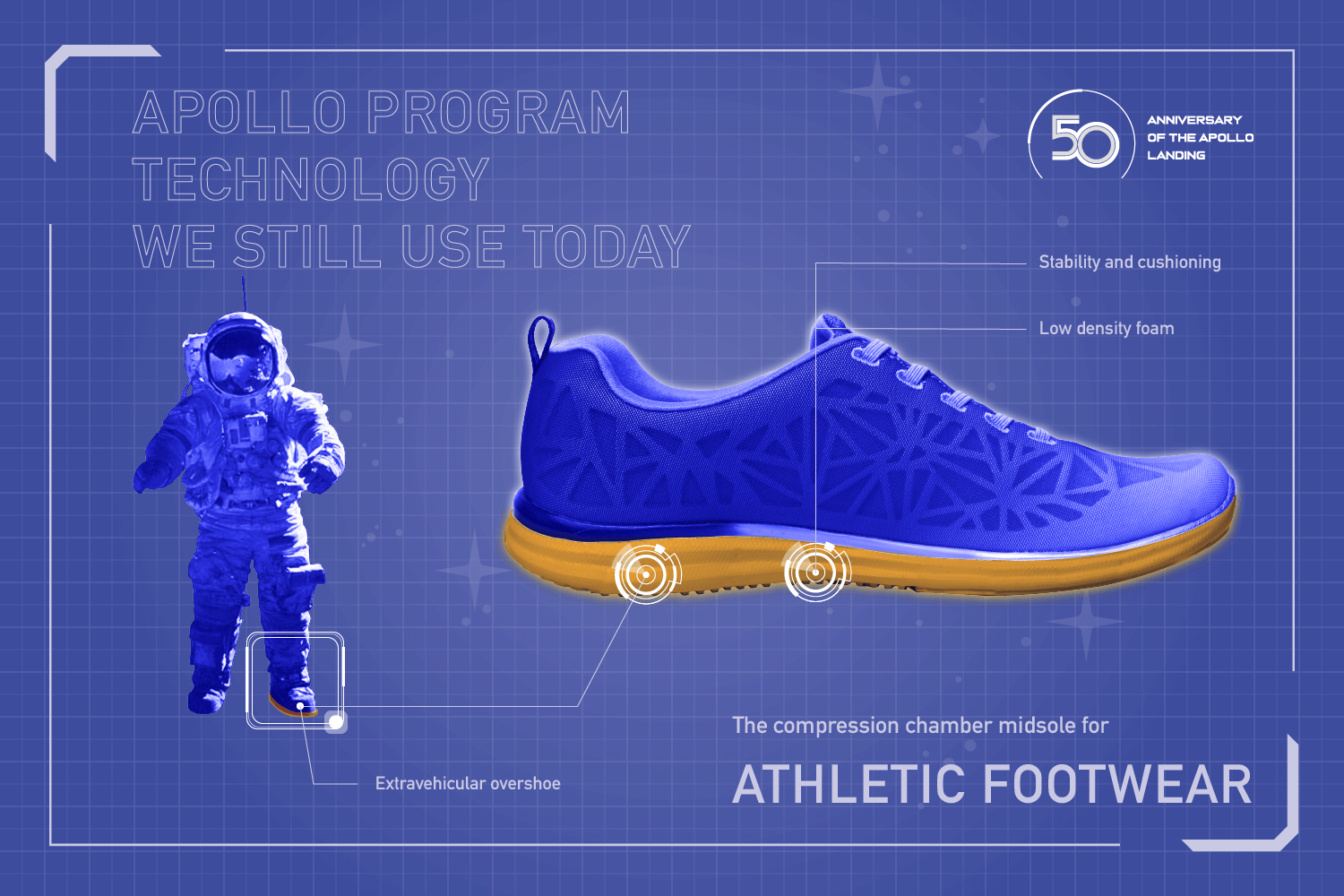
In their quest for an athletic shoe superior in shock absorption and durability, the footwear company Avia turned to Alexander Gross, an aerospace engineer who worked on the space suit design for the Moon Landing.1 His task was to design a shoe that wouldn’t break down and compress over time and use, but instead maintain its stability and cushioning.
Gross utilised the technological discoveries of NASA to create the Avia Compression Chamber midsole. Inspired by a bellows system used in the joints of space suits to allow both movement and rigidity, the Compression Chamber consisted of a series of horizontal bellows within a pressurised shell filled with a low-density foam.
The result was a durable, lightweight shoe that could withstand the equivalent of 400 miles of running without wear and tear that’s still in stores today.
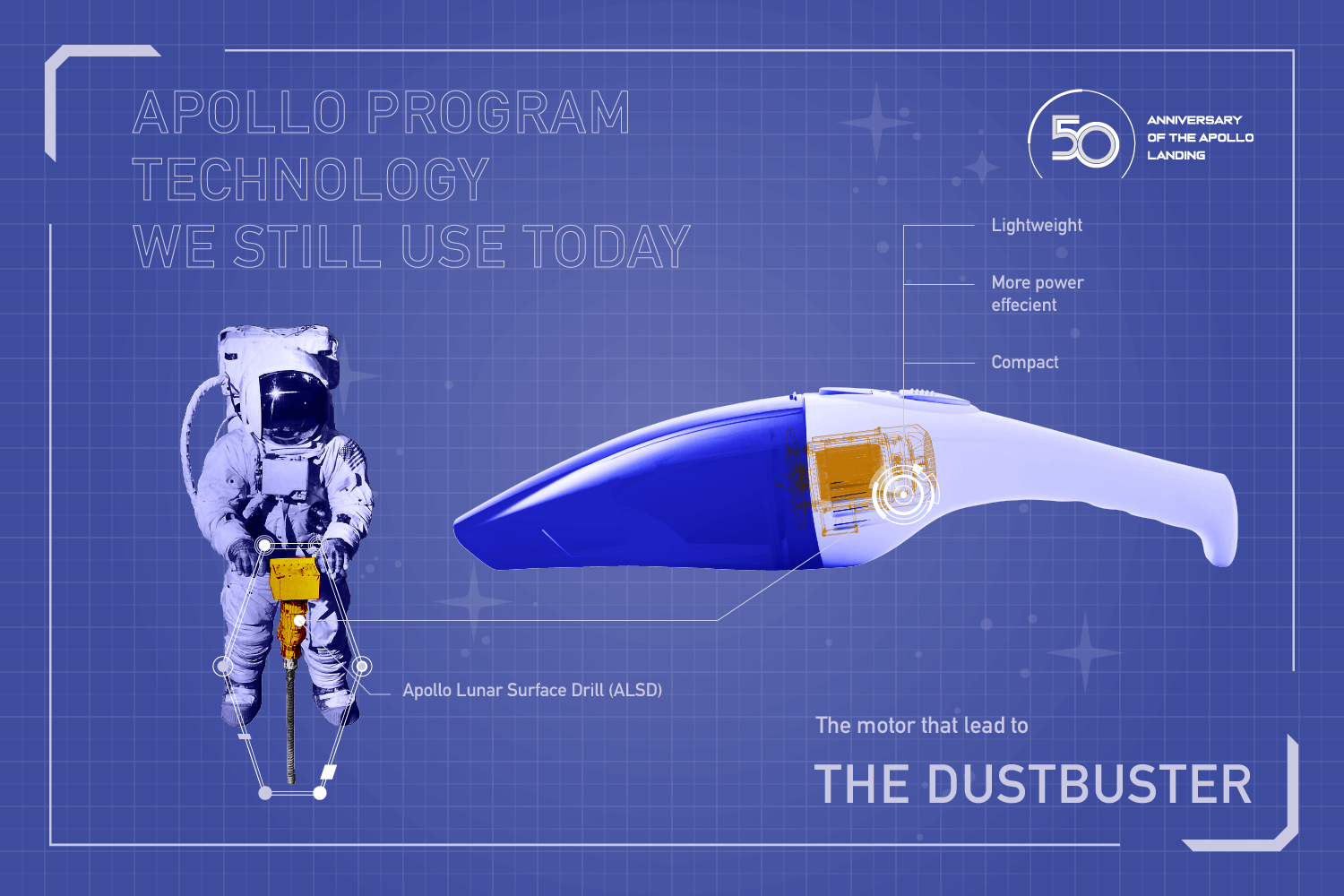
The Apollo astronauts didn’t just take pictures and plant flags on the Moon; they also needed to collect samples from the lunar landscape for analysis back on Earth.2 But to collect samples of the soil below the Moon’s surface, NASA needed a drill that would not only cut through hard rock but also be light and compact enough to get to the Moon in the first place. It also needed to be independently powered.
NASA tasked the Black & Decker Corporation with creating this tool, the process for which the company developed a special computer program. This program created a motor for the drill that both optimised its design but minimised its power consumption.
Black & Decker later used that same computer program to produce a range of improved motors for battery-operated tools, including the famous Dustbuster, which all required the same light, compact and long-lasting-battery design as the NASA drill. The Dustbuster went on to revolutionise the cleaning of many a household with its compactness, cordless-ness and weightlessness.
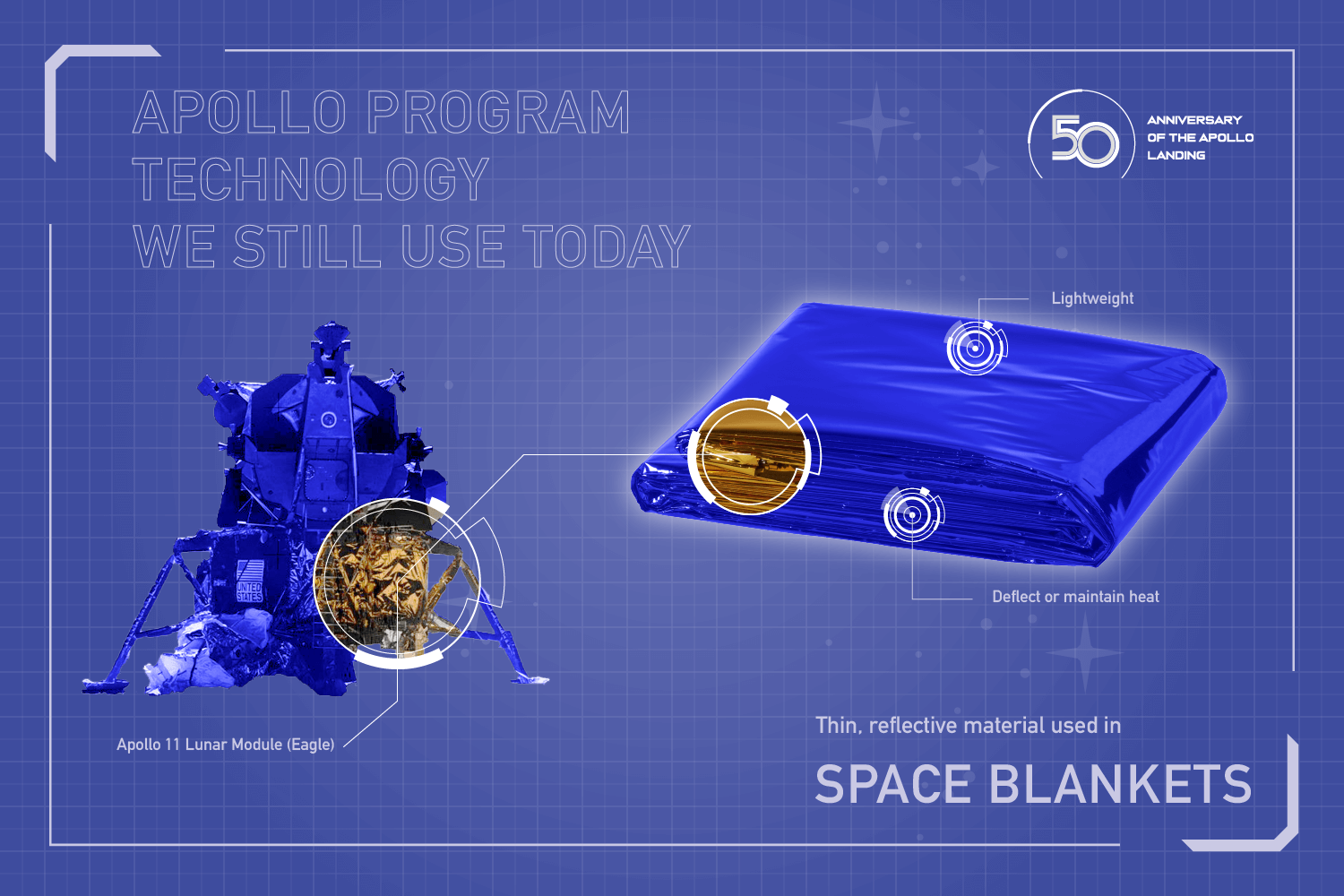
Ever wondered why paramedics sometimes wrap what looks like alfoil around their patients? You’ll find the answer in NASA’s Apollo Program.
To protect astronauts from all types of temperature extremes, NASA developed a thin, reflective material that could both deflect heat in some circumstances and maintain it in others.3 It can be seen, for example, on the base of the Apollo lunar landing vehicles.
After NASA’s supplier of the material closed down, a former employee began selling blankets made out of the material.
Now known as ‘space blankets’, they are used by hikers, marathon runners, campers, emergency workers and more to control body temperatures in trying conditions. Even sun shields and computers utilise this material!
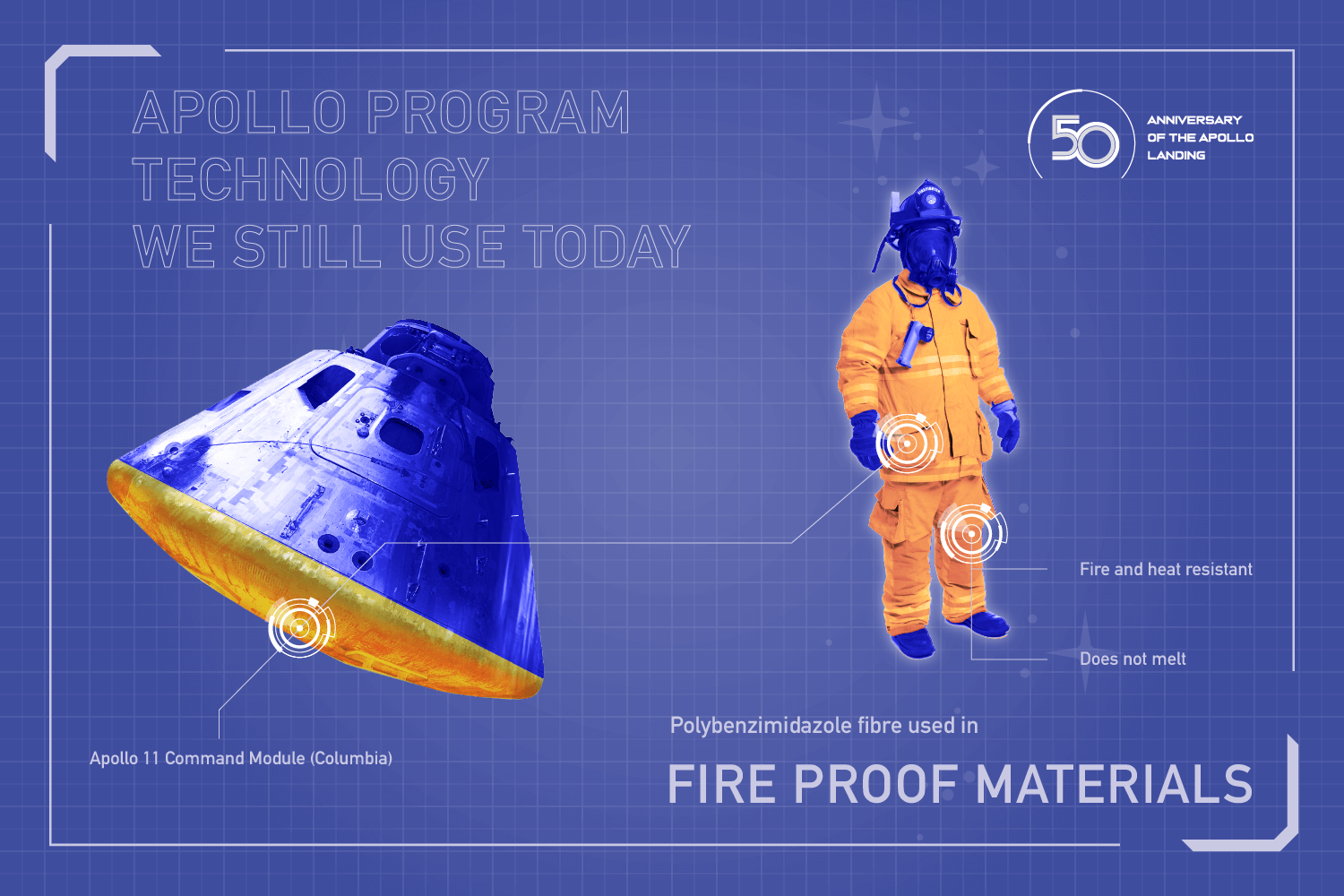
Since the early 1960s, NASA had been sponsoring research into fire-resistant materials; in particular, a fibre called Polybenzimidazole (PBI).4 After all, if NASA were going to be sending astronauts into the extreme temperatures of space, they needed all the protection they could get.
After a tragic fire during the launch pad test of Apollo 1 in 1967 – which destroyed the command module and killed all three crewman – NASA ramped up its efforts. Celanese Corporation was contracted to develop PBI textiles specifically suited for use in space.
The resulting fabric was fire and heat-resistant, did not melt, and maintained its integrity even after exposure to heat and flame. It could also withstand chemicals, abrasions and mildew.
While still being used in aerospace today, PBI is used in the gear of fire brigades around the world, keeping countless firefighters safe while they selflessly help others. The fibre is also used in motorsports, and even in the production process of flat-panel display TVs, making it one of the most prevalent NASA technologies in your life.
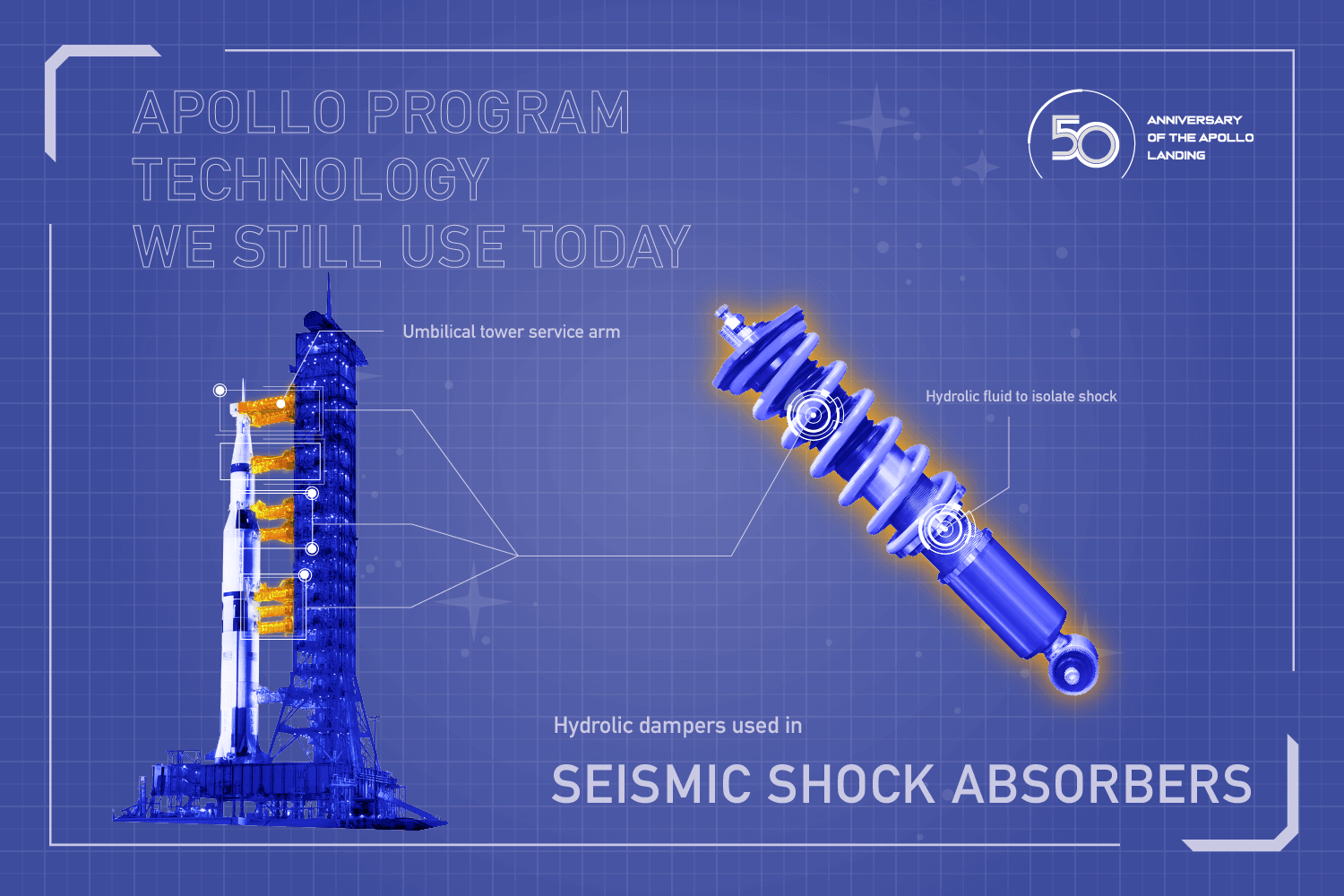
You’ve probably seen images of rockets and spacecraft sitting patiently on a launch pad, held in place by the ‘arms’ of the service tower. Those arms deliver things like fuel and gas to the rocket, but must very quickly swing away moments before launch.5
To prevent the arms from damaging themselves or the rocket in the abrupt swing, NASA enlisted Taylor Devices Inc. to develop dampers for the Apollo Program, a pump-like device which isolates (and minimises) shock with hydraulic fluid.
NASA subsequently employed it on launches throughout the Space Shuttle Program in the 1970s – and use it even now for launches to the International Space Station.
In the 1990s, however, Taylor Devices recognised another use for its dampers as seismic shock absorbers, stabilising buildings during earthquakes by absorbing the energy released by the quakes. Seismic dampers are now installed in hundreds of buildings and structures around the world, and the lives they’ve potentially saved are countless.
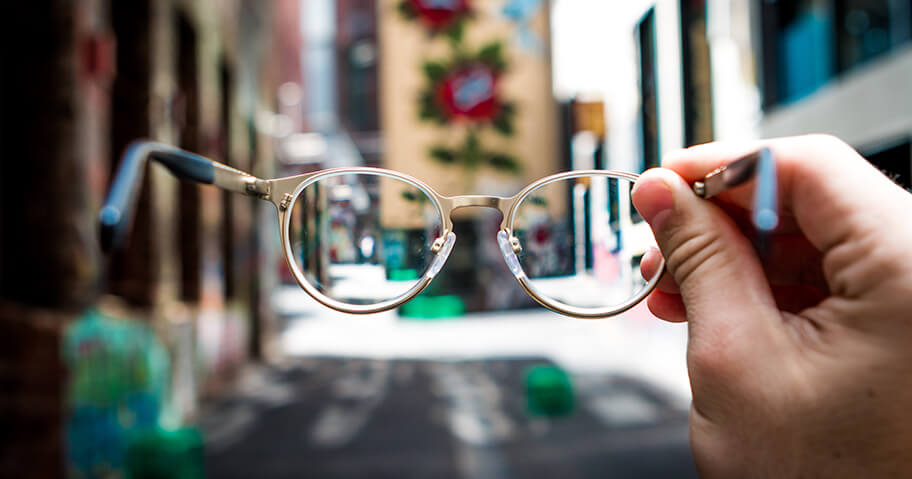
While 2019 saw the celebration of the 50th anniversary of the Moon Landing, it would be remiss of us not to include NASA technology advancements that came after – but nonetheless had the same impact:
With NASA’s history filled with success and innovation, naturally, some truths end up distorted.
This is particularly true of technologies that weren’t invented by NASA or its contractors, but are mistakenly attributed to them anyway. These include:10
Imagine that; technology from the 1960s got people all the way to the Moon and back – and it’s still put to good use in your shoes, televisions, household appliances and more!
To make sure your technology is protected for another 50 years to come, why not consider home and contents insurance? It’s quicker and easier than flying to the Moon, and a whole lot cheaper!
Get a quote today from our free home and contents insurance comparison service.
Sources
Brought to you by Compare the Market: Making it easier for Australians to search for great deals on Home and Contents Insurance.